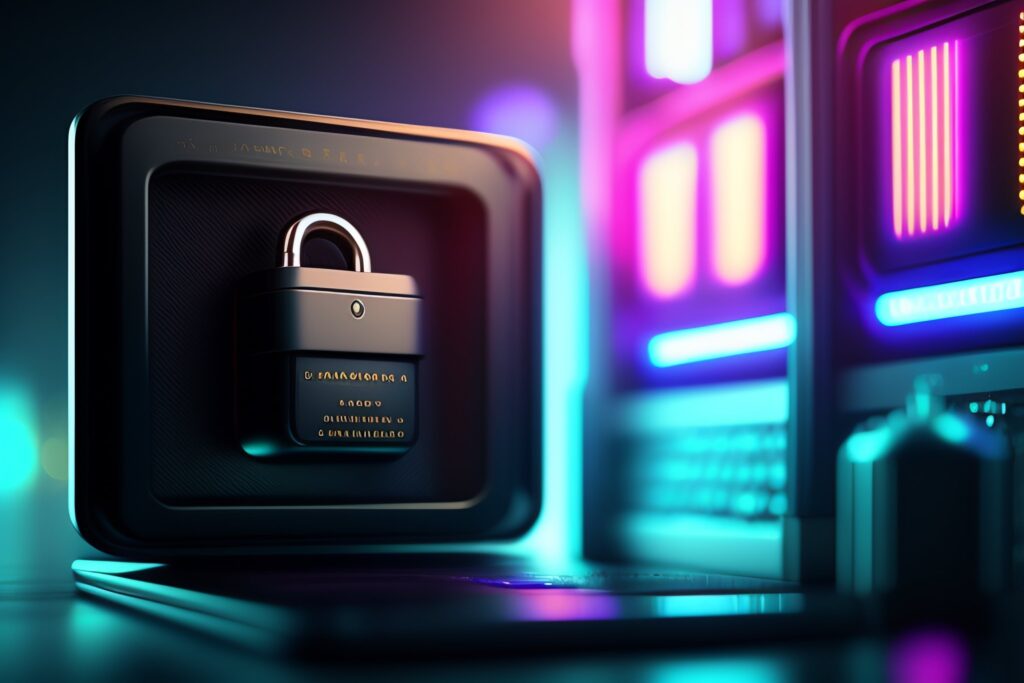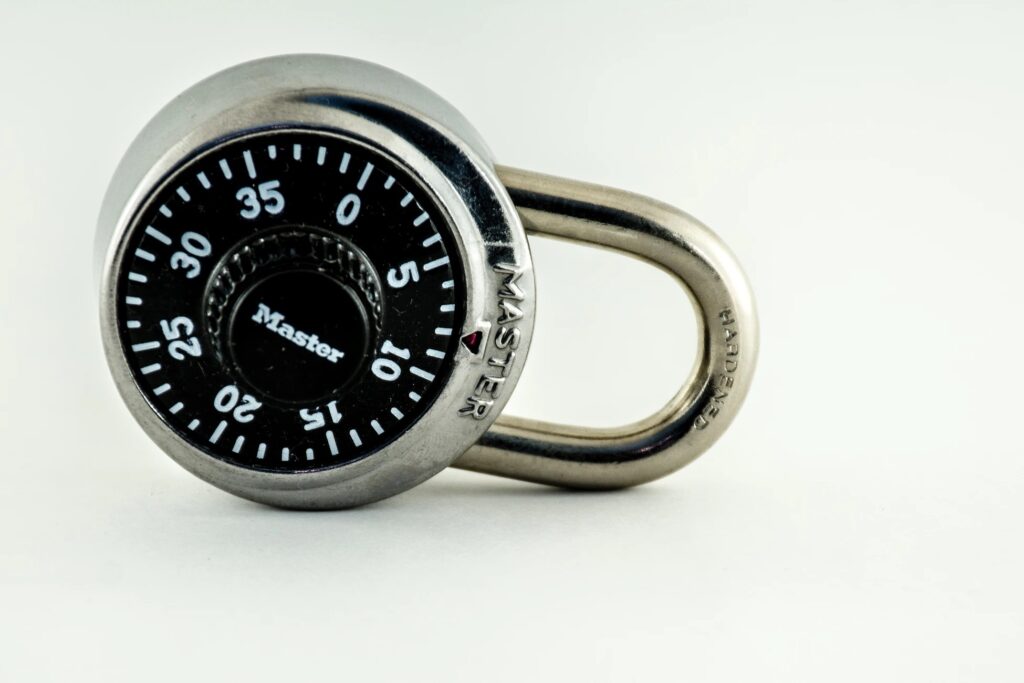
Once upon a time, in a not-so-faraway land of PeaCeEye, merchants, credit card transactions, online payments, payment gateways, POS terminals all lived in harmony. In this land, all citizens carry a trust symbol, held together by validation documents, called the Citizen Badge. However, PeaCeEye is now facing an existential threat. A threat shrouded in the cloak of validation, a false symbol of security and trust – called the Certificate. But, dear reader, beware! For this tale of caution and deception, and the Certificate, much like the elusive unicorn, while tangible, carries a false value – nothing more than a fabrication. A figment of imagination, conjured up by the minds of its idle creators, the Qessays.
You see, in the kingdom of PeaCeEye, there exists a council – a council of wise men and women who determine the rules and regulations that govern this realm. This council, known as the Secret Sorceror Council (SSC), has decreed that only three sacred documents hold the key to validation for the Citizen Badge – the Attestation of Compliance (AoC), the Report on Compliance (RoC), and the Self-Assessment Questionnaires (SAQs). Yet, despite the council’s resolute stance on this matter, a mysterious fourth document continues to emerge from the shadows – the Certificate.
Ah, the Certificate, a work of art crafted by the Qessays. You see, these Qessays were charged by the council to uphold what is truthful and right, and to ensure that all Citizens of PeaCeEye are identifiable by their Citizen Badges – The AoC, Roc and/or the SAQs. However, over the years, some of these noble Qessays have turned to the darkside and the sinister art of producing corrupted documentation, called the 4th deception, or the Certificate as it is now known. These dark Qessays have mastered the art of illusion, conjuring certificates out of thin air to dazzle their customers. They’ve become modern-day alchemists, turning mere paper and ink into a symbol of validation, which, in reality, is as weightless as a feather and as useful as a chocolate teapot. Or a fork and spoon when eating Chapati. It’s a thing of beauty, destined to hang on the walls of businesses, gracing them with its shimmering falsehoods.
But why do these Qessays continue to spin their webs of deception, offering their customers a document that has no merit in the eyes of the SSC? Something that even invalid citizens to PeaCeEye can procure? To unravel this mystery, we must dive into the murky depths of human nature. For, you see, people are drawn to shiny, pretty things, much like moths to a flame. A certificate, with its elegant calligraphy and embossed seal, is a testament to the allure of appearance over substance. It is a tangible representation of validation, regardless of its actual worth.
Moreover, the Certificate serves as a placebo, a sugar pill of sorts, which instills in businesses a false sense of security. It is a talisman that they cling to, convincing themselves that they are protected from the malicious forces of the World beyond PeaCeEye – the World called Cyberattacks. And, in the process, they become blind to the fact that the true power of validation lies in the sacred trio of documents – the AoC, RoC, and SAQs.
Now, one might argue that those who peddle these invalid certificates are merely fulfilling a demand. After all, the customer is always right, and if they desire a shiny piece of paper to adorn their walls, who are we to deny them? But, as the saying goes, “With great power comes great responsibility.” And these Qessays, as the gatekeepers of the citizenship of PeaCeEye, must hold themselves to a higher standard.
By offering these overvalued and useless certificates-that even the SSC had themselves admonished and had announced to the citizens to not place any value to them- these certificates not only betray the trust of customers but also undermine the very foundation of Citizen Badge. They turn the realm of PeaCeEye into a farce, a stage where pretenders masquerade as protectors, and businesses are lulled into a false sense of security. There are even Qessays who are not even involved in the process of validating an SAQ being answered; luring their customers to portals with questionnaires answered by the citizen themselves and then conjuring these certificates that look as if it has been validated by the Qessays, but instead are just self aggrandizing papers that has been only self validated by the person answering their own questions! In other words, the person becomes their own judge and jury and are able to produce a Certificate that looks as if they have been properly validated by a third-party Qessays. Amazing art! An ostentatious object of grandeur and magnificence, yet with all the actual value of a discarded banana peel withering in the Sahara sun.
But, dear reader, do not despair, for there is hope. You see, the truth has a funny way of revealing itself, much like the sun breaking through the clouds after a storm. And, as the truth about the invalidity of these Certificates spreads, businesses will begin to see through the veil of deception, and the demand for these counterfeit documents will wane. Qessays who persist in peddling these worthless certificates will find themselves exposed, their credibility crumbling like a house of cards.
In the meantime, we must not sit idly by, complacent in the face of falsehoods. Instead, we must raise our voices and spread the word, educating businesses on the true path to Citizen validation. We must sing the praises of the AoC, RoC, and SAQs, enlightening those who have been led astray by the allure of the invalid certificate. For it is only through knowledge that we can pierce the veil of deception and lay the mythical beast of the Certificate to rest.
So, let us embark on this crusade together, wielding the sword of truth and the shield of knowledge. As we march forward on this noble journey, let us remember the wise words of the SSC: “Trust, but verify.” Let us tear down the great wall of this Certificate, brick by brick, and replace it with a fortress built on the solid foundation of the council’s sacred trio of documents. And as we watch the last remnants of the Certificate crumble to dust, we will know that we have triumphed over the forces of deception.
We bid farewell to this Certificate, and to welcome a new era of transparency, security, and trust. An era where the mythical beast of the Certificate is relegated to the annals of history, and where the true power of validation is embraced, in all its glorious, council-approved forms. May the sacred trio of documents – the AoC, RoC, and SAQs – guide us on our path to a brighter, more secure future, and may the Certificate forever remain a cautionary tale of the perils of deception and the triumph of truth.*
** The above is written obviously in satire and tongue-in-cheek with absolute no journalistic value nor based on any real world reimagination and solely based on our absolute frustration at the continuous dependence and insistence from acquirers or banks to have our customers produce them ‘certificates’. In addition, some clients even go through self-service portals provided by QSAs and answer SAQ questions on their own, at the end of this process of self answering, a certificate is produced. Granted, the certificates do come with disclaimers in small prints stating that the certificate is actually based on self assessment and even admits that it isn’t recognised by the council.
But in reality, who actually reads the fine print?
In the end, anyone having gone through these ‘compliance’ portals, answering affirmative to everything would be able to procure these certificates and remarkably, some acquirers even accept them as proof of third party audit (which they are clearly NOT). Again, we are not stating that QSAs providing this service is doing anything wrong. There is nothing essentially wrong with certificates on its own, or QSAs providing these certificates as a simple means to show a company has undergone PCI-DSS compliance. But where it becomes a gray area is when there is too much dependence placed on these certificates to the point where even the AoC is rejected and acquirers insist on every company showing them these certificates. In this case, QSAs who are willing to provide so called certificates to companies without having undergone any assessment and only answering questions from the SAQ based on their own knowledge or whim – unless the QSA is willing to go through each question of each customer and validate these through evidence submission and review (the process called audit); then these creation of self signed certificates should be stopped. It’s akin to a banking website issuing a self-signed SSL cert on their own website and tell everyone to trust it. Does this happen in the world of e-commerce? No, it’s absurd. Then why is it different in the world of compliance? Why is this practice still allowed to prosper? How do we stop this practice?
We have been advocating removing certificates for years now from the PCI-DSS landscape and to have a more consistent and acceptable way to show PCI validation. Unfortunately, unlike the satirical tale above, this still eludes us. Drop us an email at pcidss@pkfmalaysia.com if you have any ideas and comments to this!



